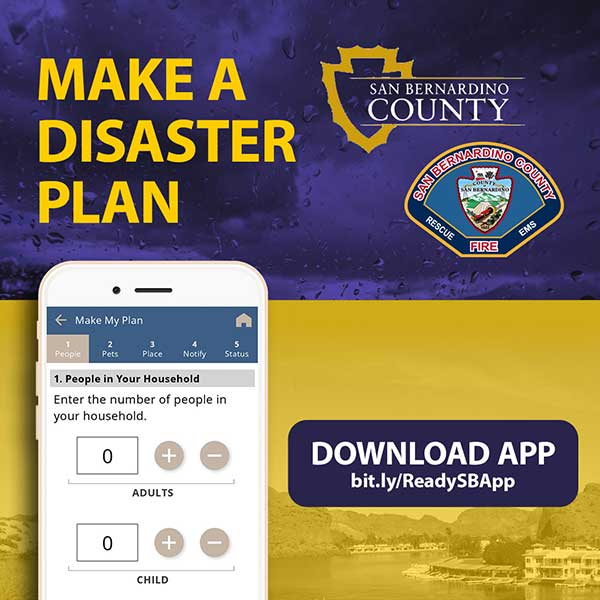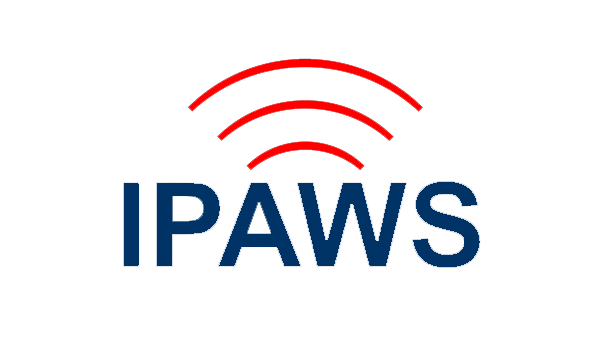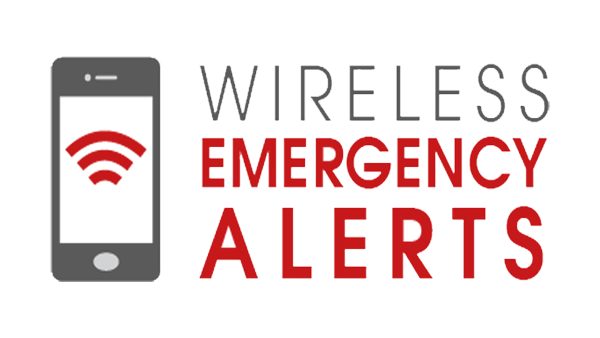Countywide Alerts
Telephone Emergency Notification System (TENS)

In an effort to quickly communicate information on impending dangers, the San Bernardino County Sheriff and Fire Departments send high-speed mass notifications via telephone and text messages. This system is known as the Telephone Emergency Notification System (TENS).
The County uses a database of landline telephone numbers, which is updated every six months, to send emergency messages to landline phones only. By signing up below, residents can also receive emergency text messages on their cell phones, add voice over internet phone numbers (V.O.I.P.), and manage their own account using a valid email address. Those without internet connections can sign up by calling (909) 356-3998, Monday through Friday, 8:00 a.m. to 5:00 p.m. Please ask for TENS registration support.
TENS alerts do not generally go out to the entire County but instead are targeted to affected areas. You must enter a valid San Bernardino County address. This is the address for which you will receive alerts.
San Bernardino Ready App (SB Ready)

The San Bernardino Community Preparedness App helps its users, citizens of the San Bernardino County, CA, to stay prepared and protect their loved ones should an emergency occur.
Some of the features include:
- Five-step family emergency plan creation wizard
- Important News and timely alerts from your county
- Live information on evacuation routes and shelters
- One-button status sharing
- Library of emergency preparedness eGuides
Be prepared and get alerts when it’s time to evacuate, create your emergency supply kit and your evacuation plan.

Weather & Incident Warning System
SBC Fire’s new website offers a weather and incident warnings system that will help alert San Bernardino County residents about emergency situations that are foreseen or currently active. You can see full details on any current active alert.
Nationwide Alerts
Integrated Public Alert & Warning System (IPAWS)

During an emergency, alert and warning officials need to provide the public with life-saving information quickly. The Integrated Public Alert and Warning System (IPAWS) is a modernization and integration of the nation’s alert and warning infrastructure and will save time when time matters most, protecting life and property.
Federal, State, territorial, tribal, and local alerting authorities can use IPAWS and integrate local systems that use Common Alerting Protocol (CAP) standards with the IPAWS infrastructure. IPAWS provides public safety officials with an effective way to alert and warn the public about serious emergencies using the Emergency Alert System (EAS), Wireless Emergency Alerts (WEA), the National Oceanic and Atmospheric Administration (NOAA) Weather Radio, and other public alerting systems from a single interface.
Wireless Emergency Alerts (WEA)

During threatening emergencies in your area, authorized government agencies can send Wireless Emergency Alerts to your mobile device. Messages regarding extreme weather, life threatening emergencies, AMBER alerts, and Presidential Alerts during a national emergency are all sent through the WEA system. Visit fema.gov for more information on WEA.

Emergency Alert System (EAS)
The Emergency Alert System is a national public warning system that requires TV and radio broadcasters, cable television systems, wireless cable systems, satellite digital audio radio service providers, direct broadcast satellite service providers and wireline video service providers to offer to the President the communications capability to address the American public during a national emergency. The system also may be used by state and local authorities to deliver important emergency information such as AMBER (missing children) alerts and emergency weather information targeted to a specific area.
Along with its capability of providing an emergency message to the entire nation simultaneously, the EAS allows authorized state and local authorities to quickly distribute important local emergency information. An authorized emergency manager can use the EAS to broadcast a warning from one or more major radio stations in a particular state. EAS equipment in other radio and television stations, as well as in cable television systems in that state, can automatically monitor and rebroadcast the warning.


